 Crossing this desert we'll eventually be reduced to wearing filthy, sweat-crusted rags, but I'm glad we started out looking so fabulous. 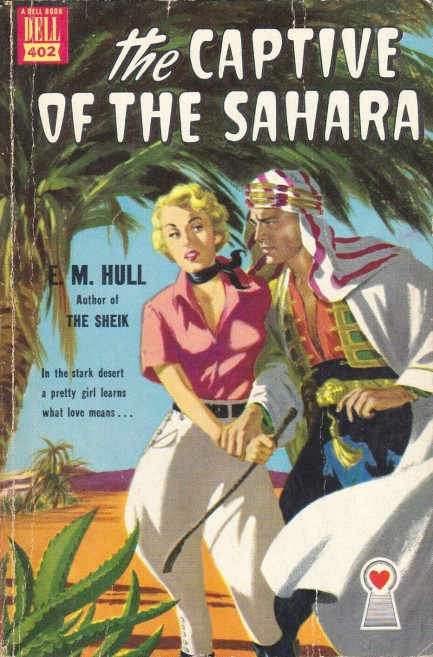
The pretty Harry Bennett cover art on this paperback won us over. Plus we wanted to read something set in the Sahara. Our trip to Morocco incubated strong interest in vintage fiction set in the region. The Captive of the Sahara was written in 1939 originally, with this Dell edition coming in 1950. British author E.M. Hull—Edith Maud to her friends, we bet—conjures up a tale here that's pure Arabian Nights, one of those florid books filled with words like “insensibly,” and where women suffer from heaving breasts and quickening pulses. This was Hull's realm. She published other books with similar settings, including 1919's The Sheik, which became a motion picture starring Rudolph Valentino
In The Captive of the Sahara virginal one percenter Isma Crichton travels for the sake of adventure to the City of Stones, and there in the trackless Algerian desert lustful Sidi Said bin Aissa decides to make dessert of her. Full disclosure: we're too corrupted to really enjoy books that hint around sex with poetic language. We're pulp guys. We can't help wanting these pale, trembling flowers to get properly laid, three or four detailed times, but that isn't Edith Maud's writerly plan. What happens is bin Aissa forces Isma to marry him, and a battle of wills follows as he tries to convince and/or bully her into relinqushing what he feels is rightfully his—her vagina.
Under these circumstances we were not keen to see Isma laid, properly or any other way. And that's effective writing for you. We had sneered through most of the book but now were rooting for Isma to escape her desert prison and return to dashing David—a childhood friend whose confession of love was the original trigger for her fearful (did we mention that virgin thing?) departure and eventual trip to the City of Stones. We have to give Edith Maud credit—she sucked us into to this tale, and we liked it in most parts, but we certainly shan't (see her influence?) be recommending it. It's overwrought, often silly, and at times viciously racist. But hey, if you're looking for a literary adventure-romance, this might be it.
 Kenneth Anger explores Hollywood's darkest recesses in his landmark tell-all. 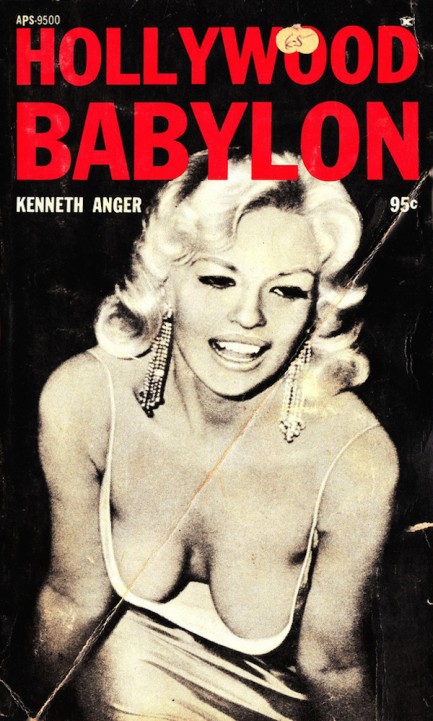
Kenneth Anger's Hollywood Babylon is the grandaddy of all Tinseltown exposés. It was published in 1965, banned ten days later, and shelved until 1975. It's exactly as advertised, outing everybody that was anybody for everything. Entire chunks are devoted to Charlie Chaplain, Lana Turner, Errol Flynn, Fatty Arbuckle and other cinematic luminaries. Some of its claims have been proved false—for instance the assertion that Lupe Velez died with her head in a toilet, and that Clara Bow screwed the USC football team (we doubt anyone really believed that one, even back then). But other tales are basically true, including accounts of various legal run-ins and feuds. Anger's writing is uneven, but at its most effective mirrors the type of pure tabloid style that influenced the likes of James Ellroy and others. Besides the salacious gossip the book has a ton of rare celeb photos, and those are of real worth. We've uploaded a bunch below. They came from a digital edition because our little paperback was too fragile to get on a scanner. By the way, don't feel as if we're working overtime on our website this Christmas morning—we uploaded everything in advance and are actually nowhere near a computer today. We're glad you took a minute to drop by. Copious vintage Hollywood below. 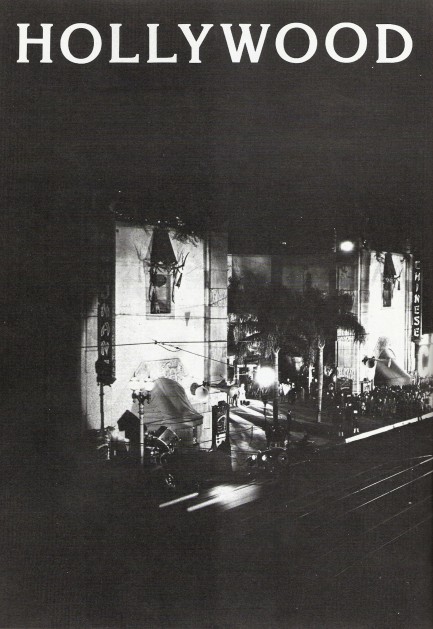 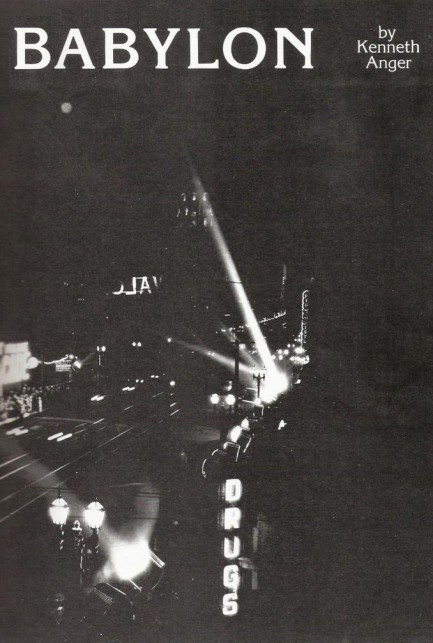 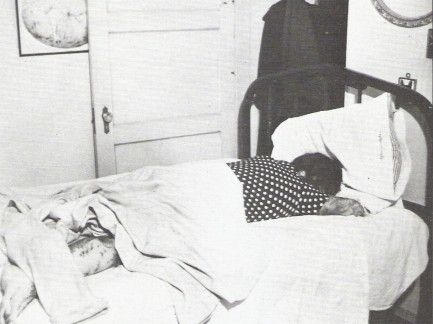 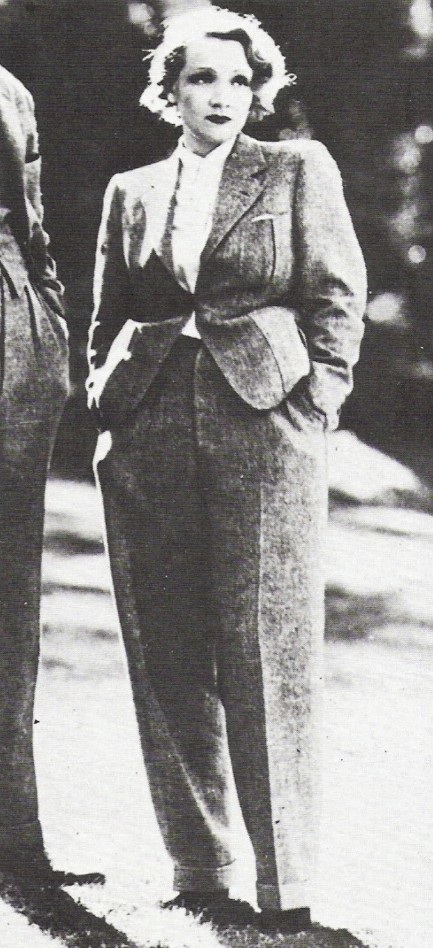 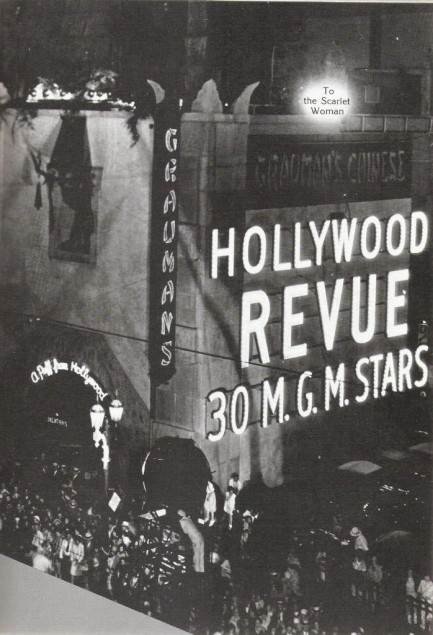 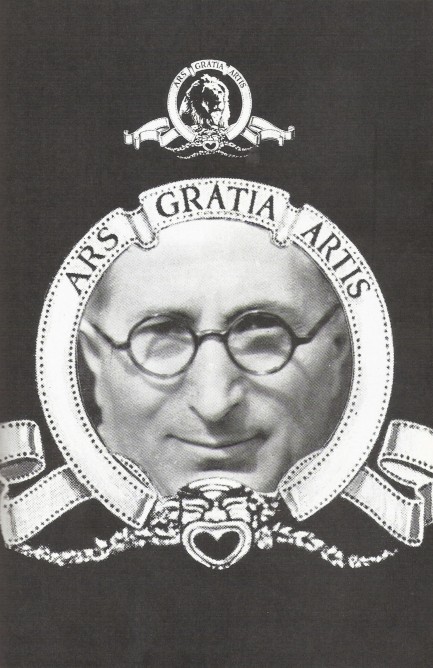 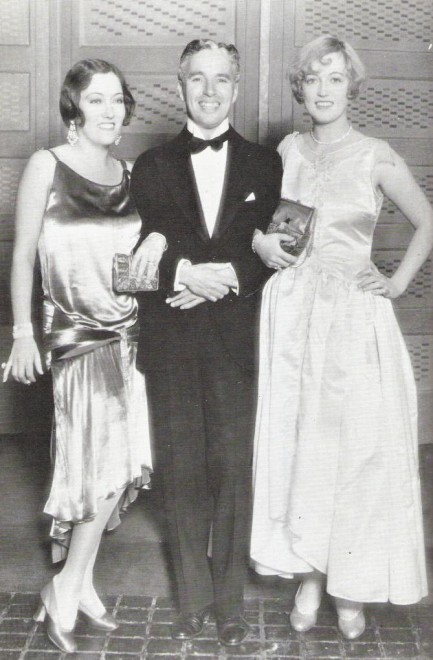 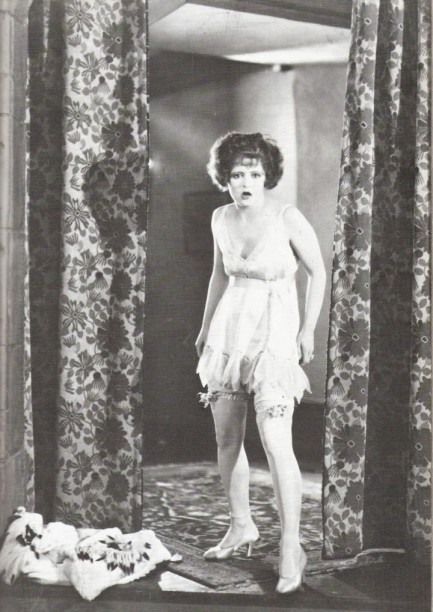 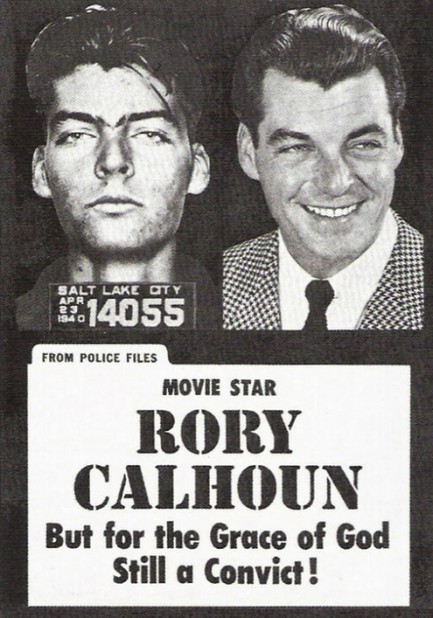 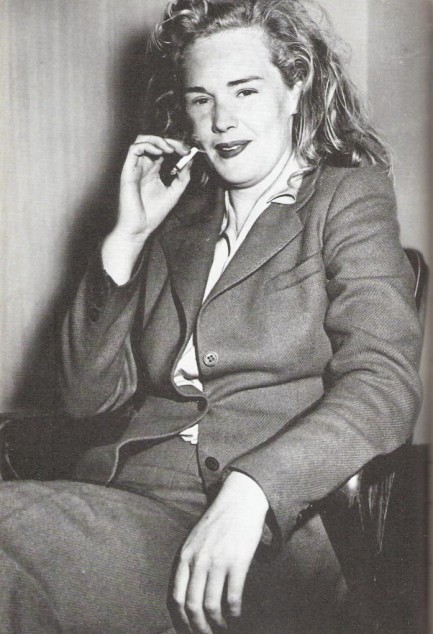  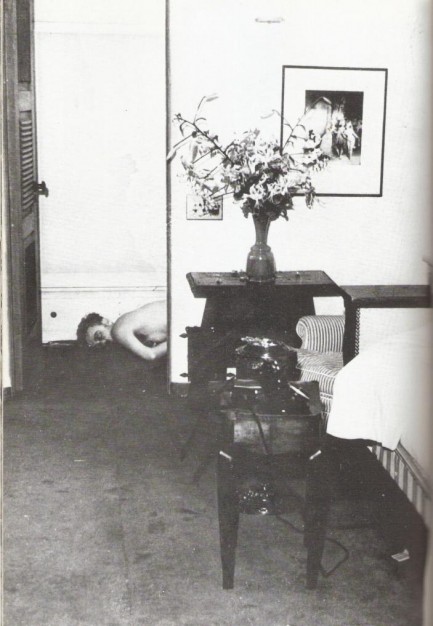 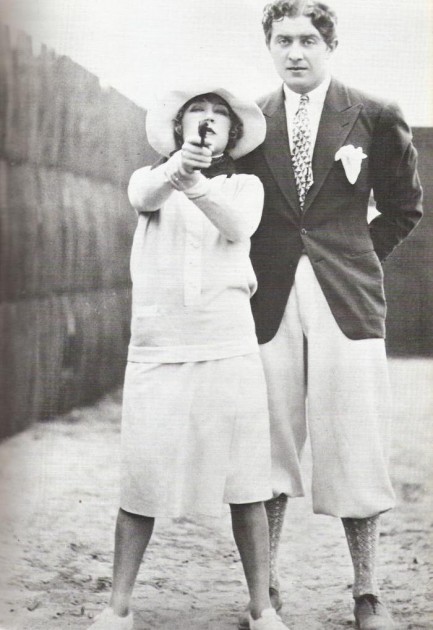 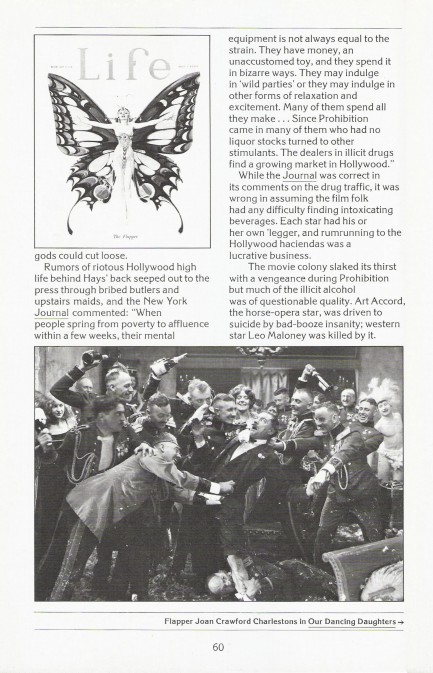 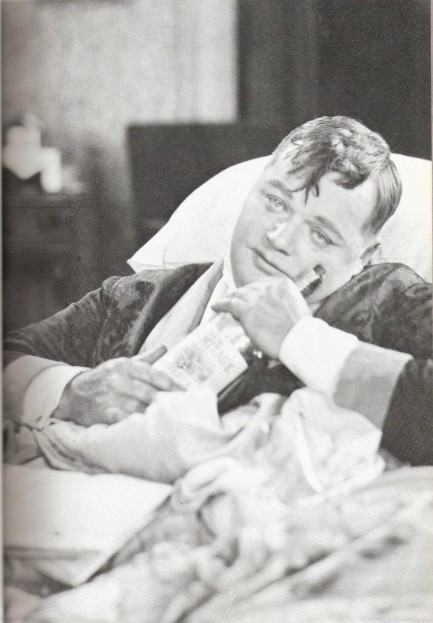 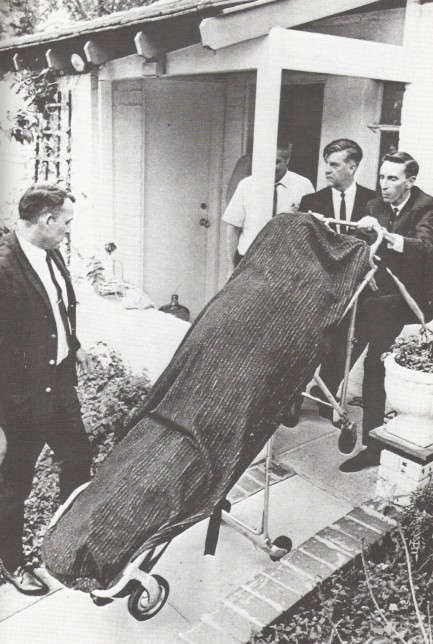 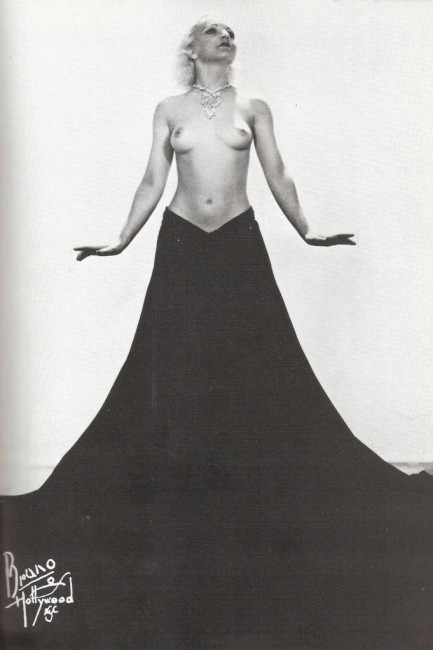  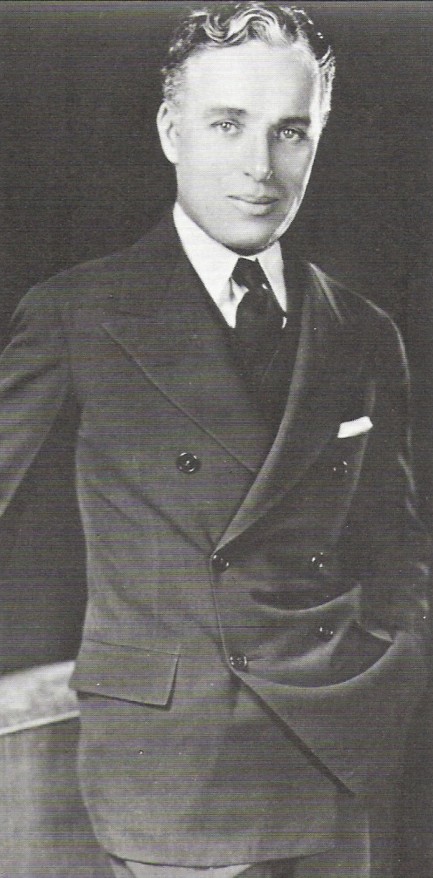 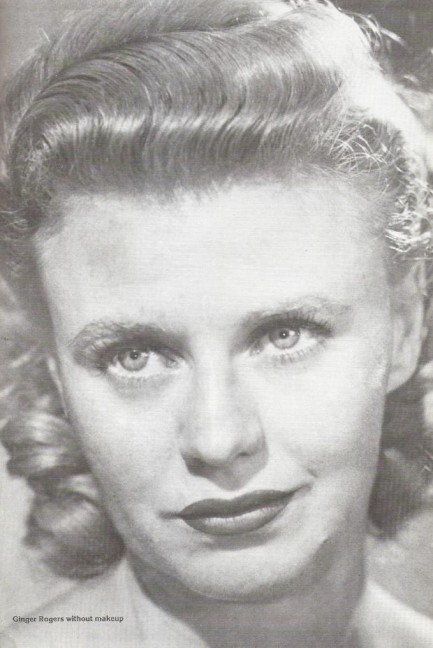 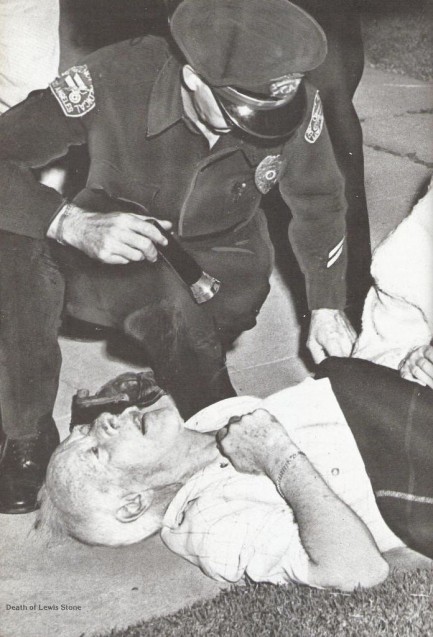 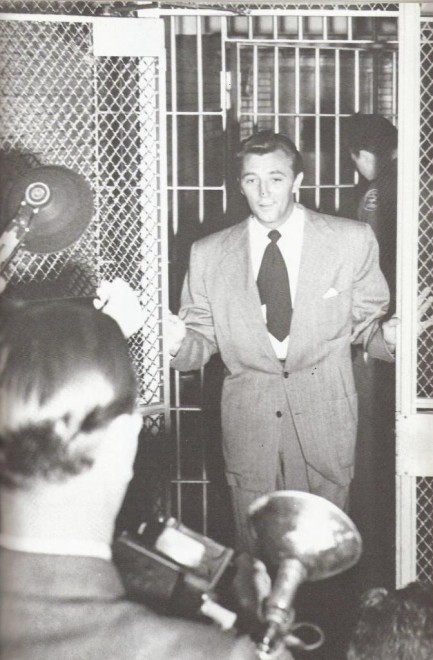 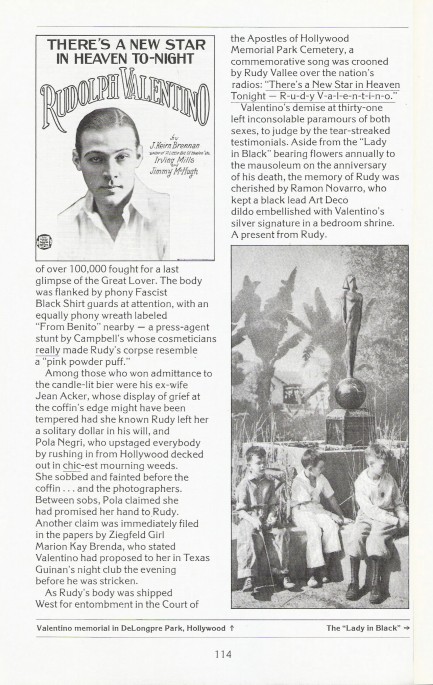  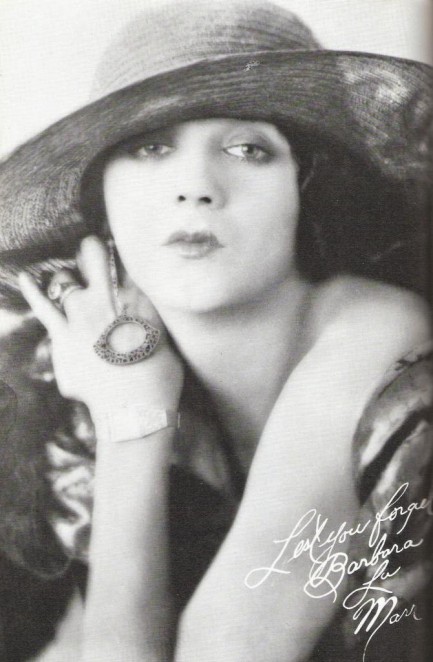 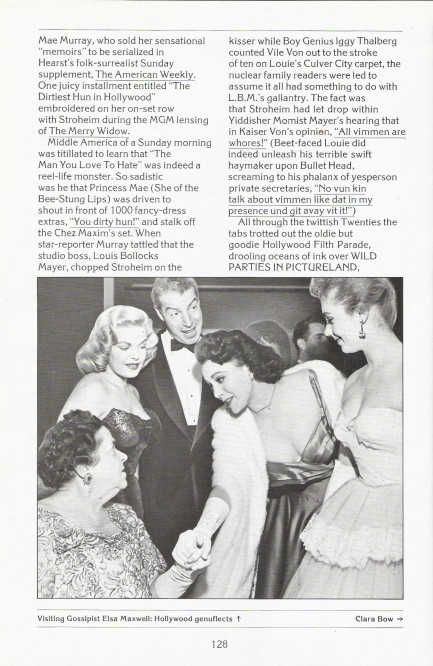 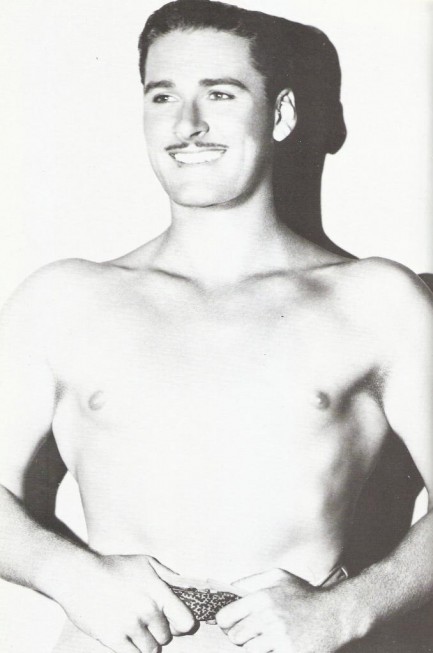 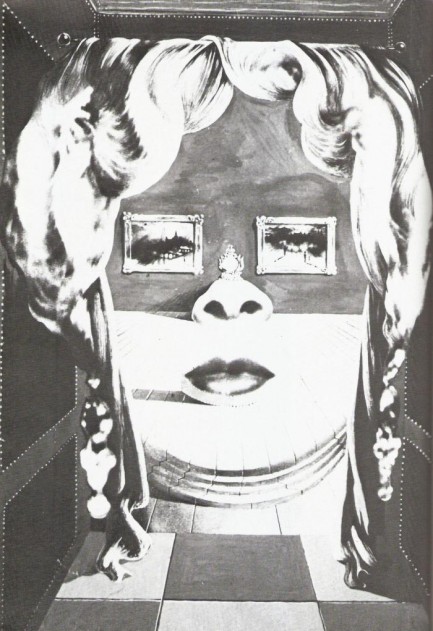 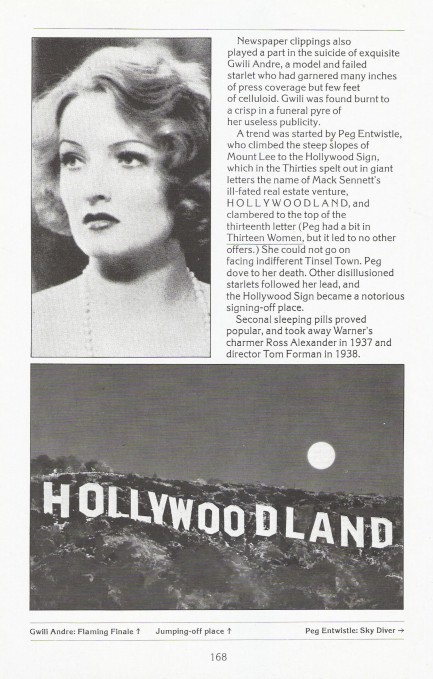 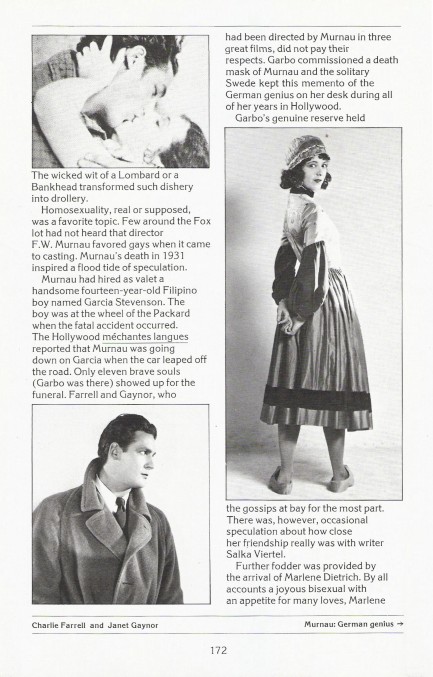 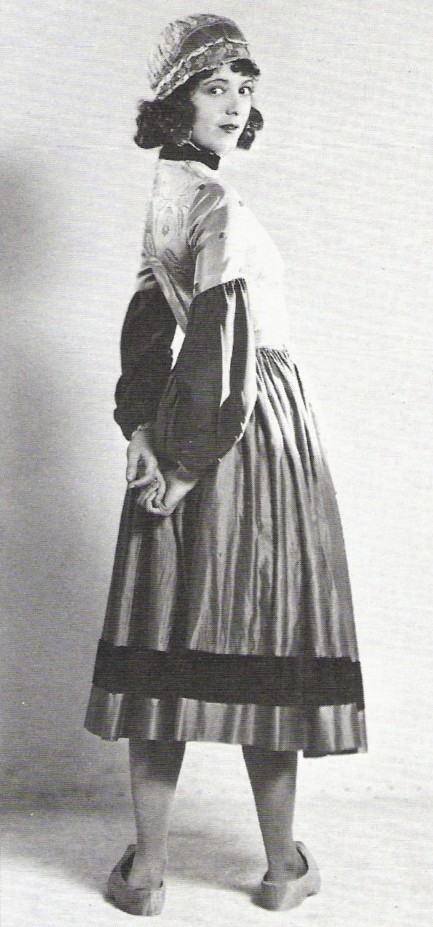 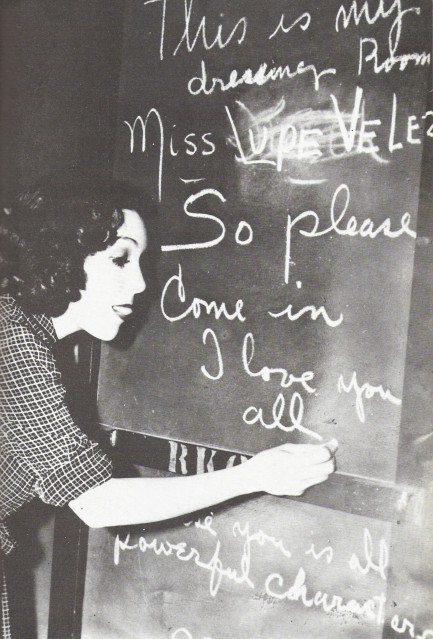 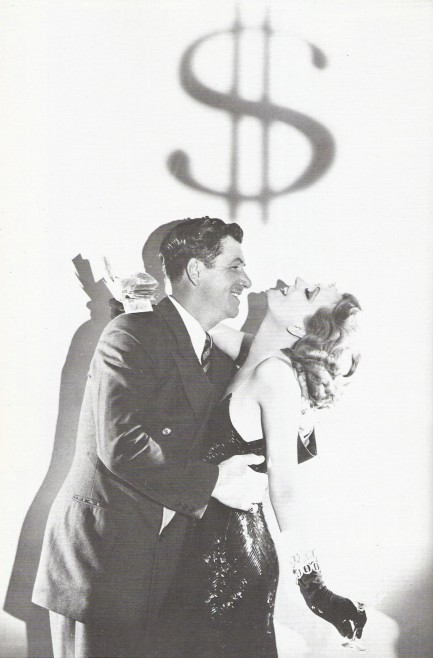 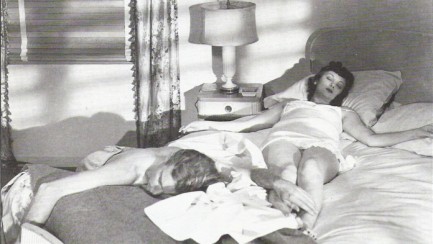 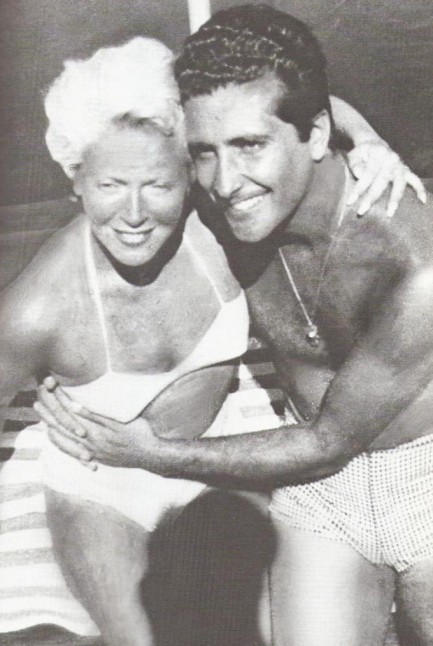 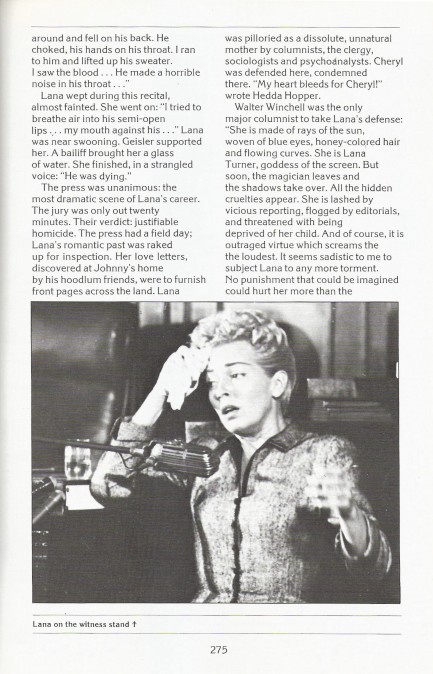  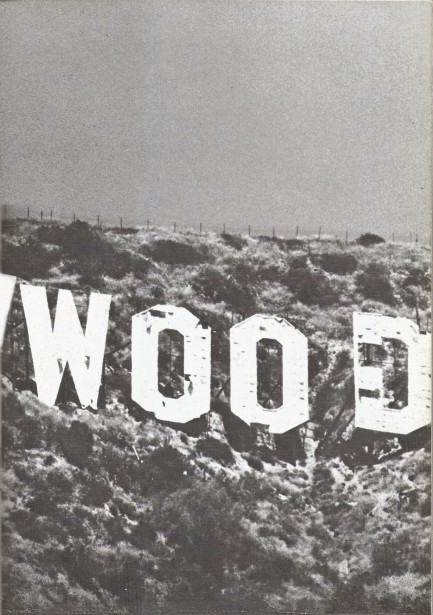
 Screenland was one of the earliest and biggest cinema magazines. 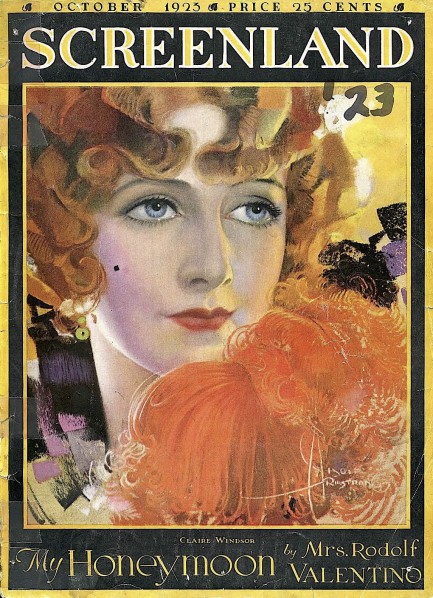 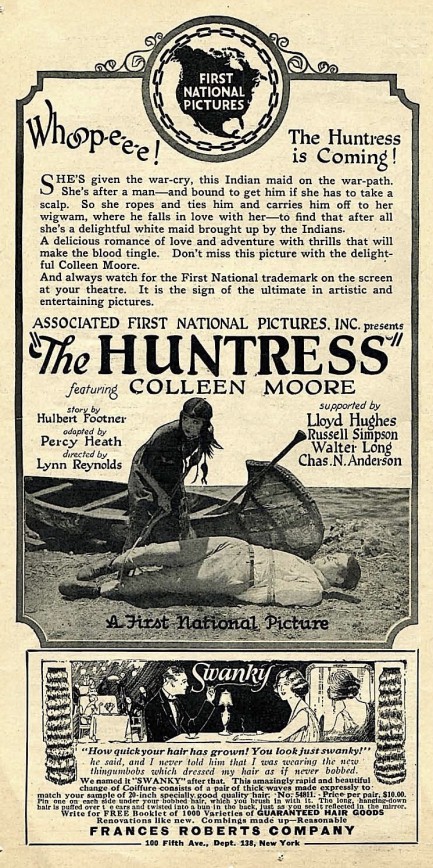 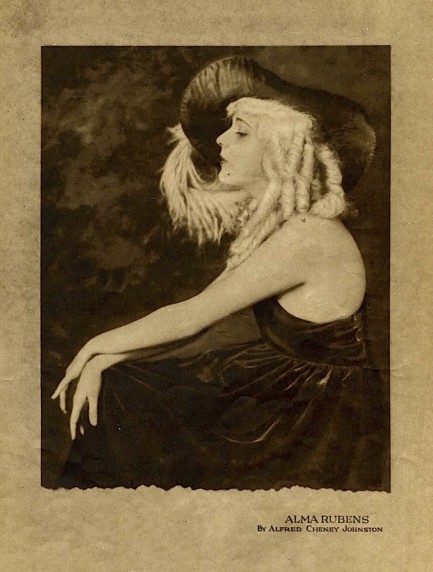 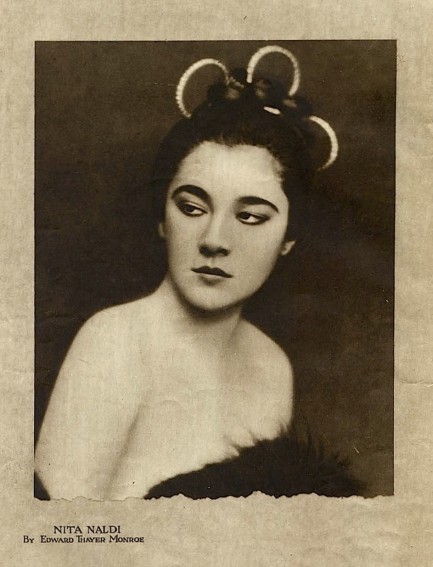 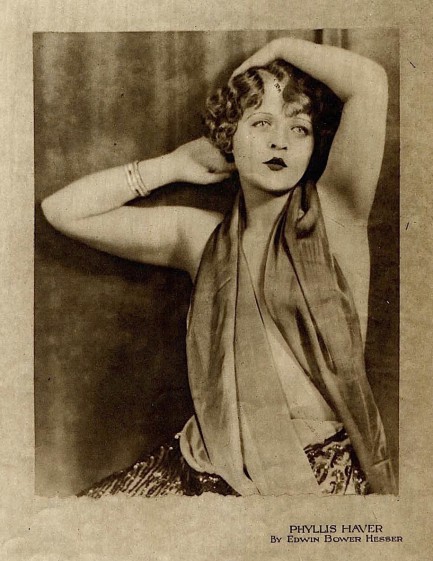 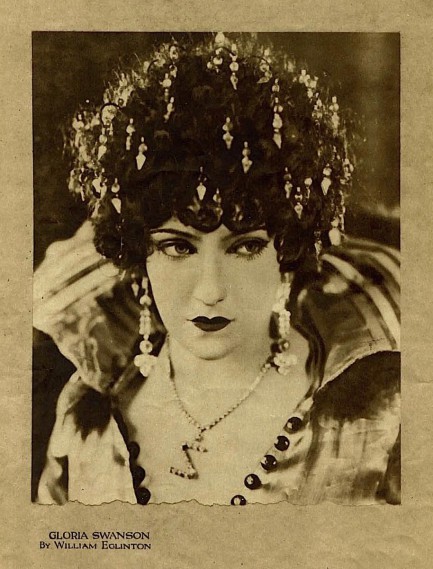 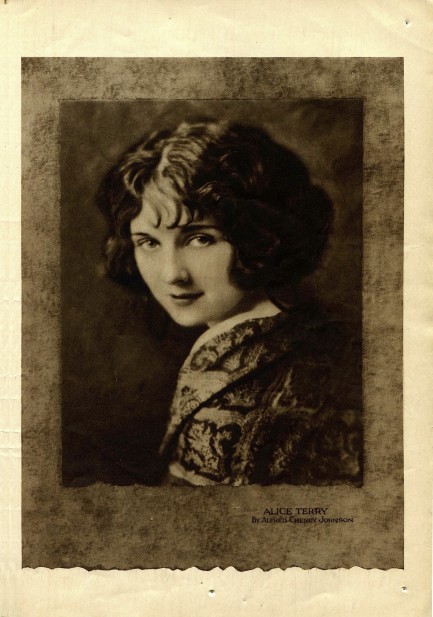 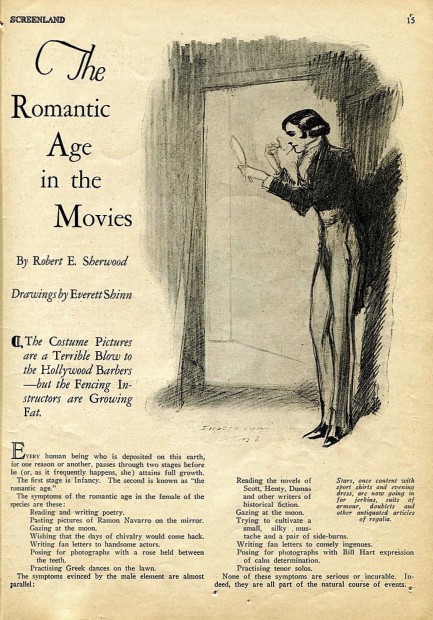 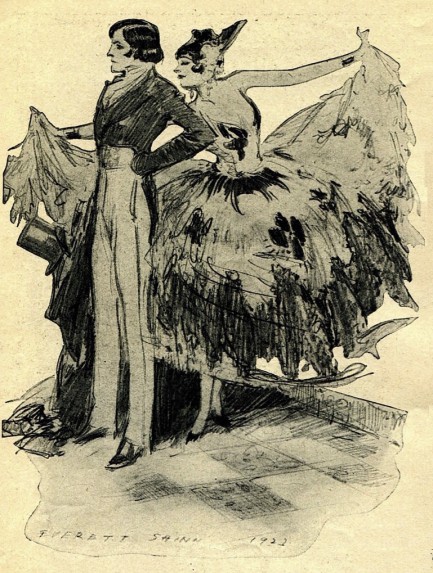 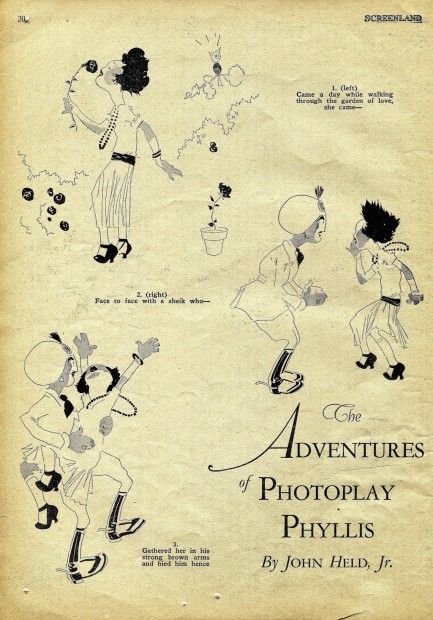 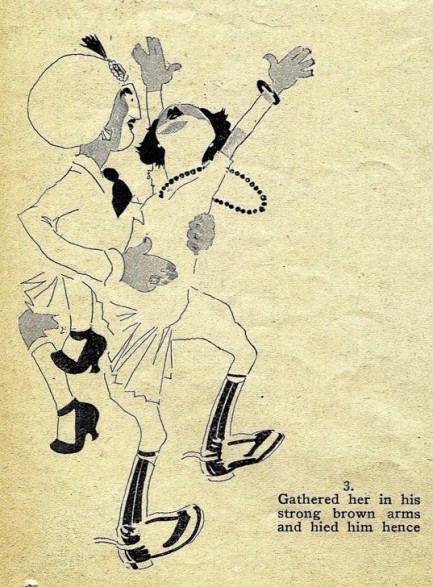 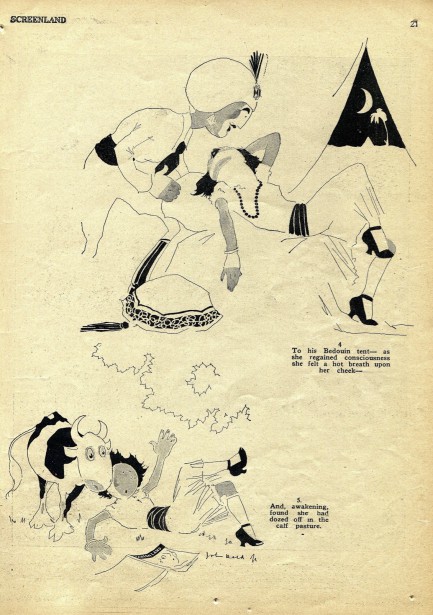 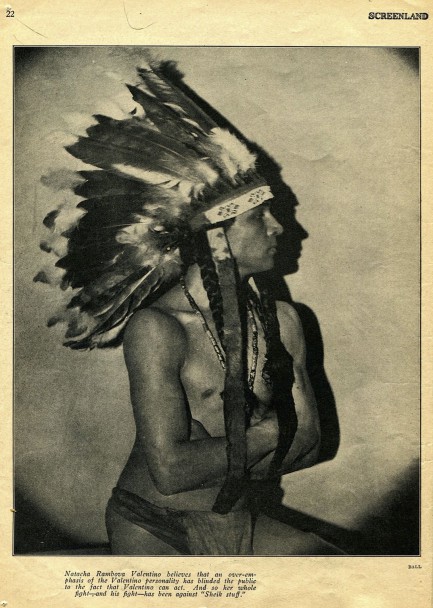 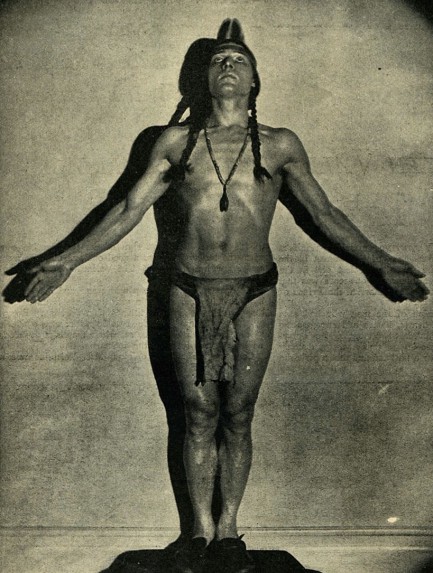 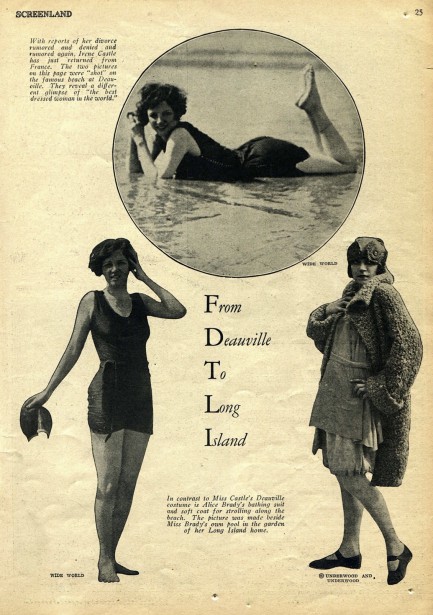 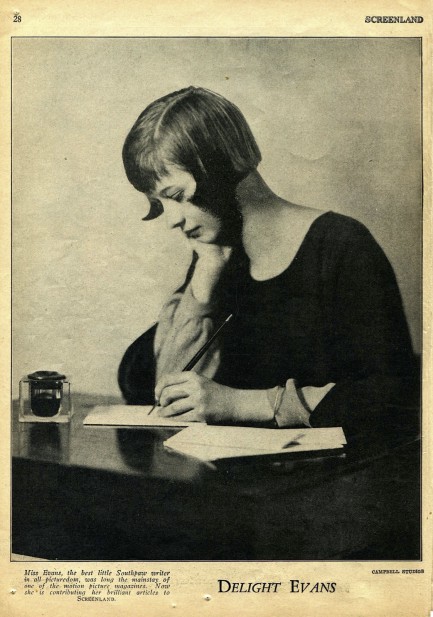 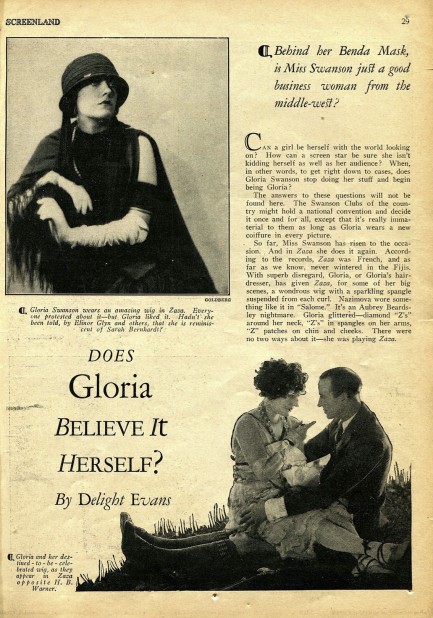 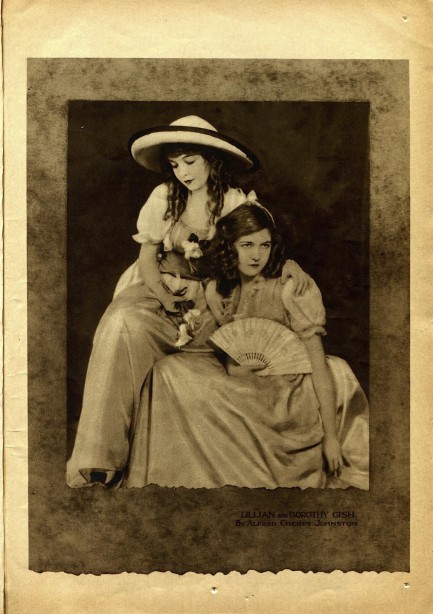 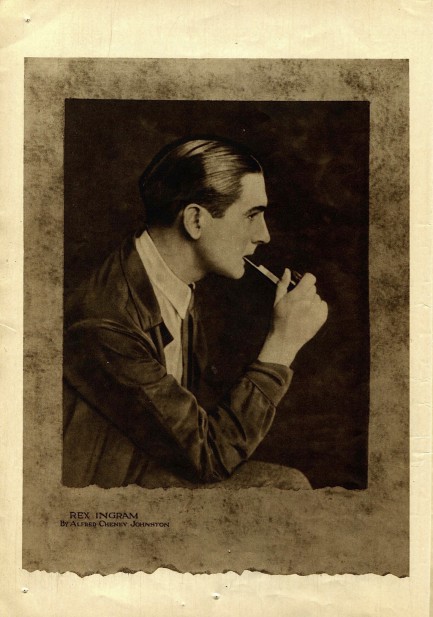 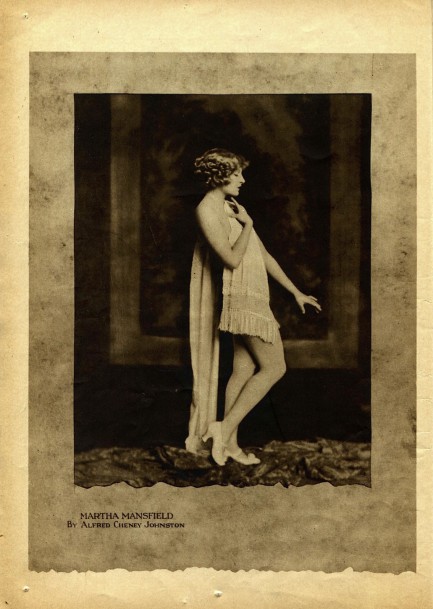 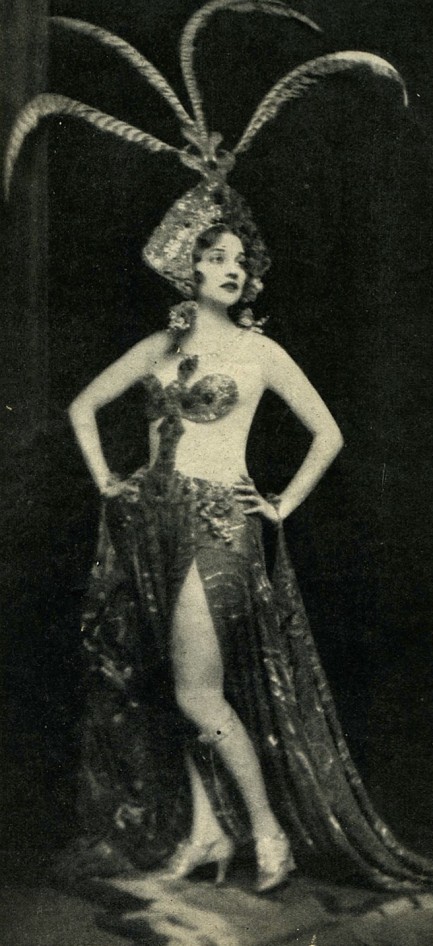 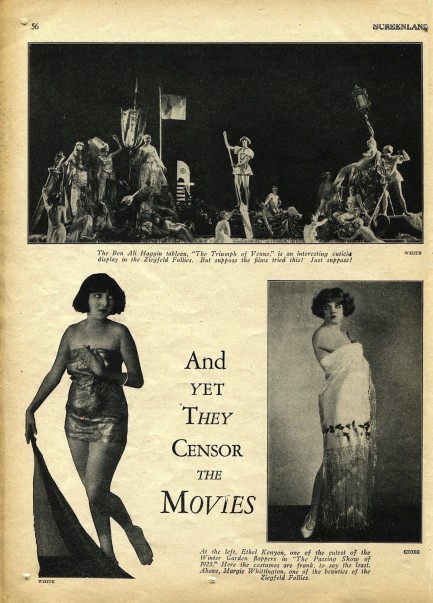 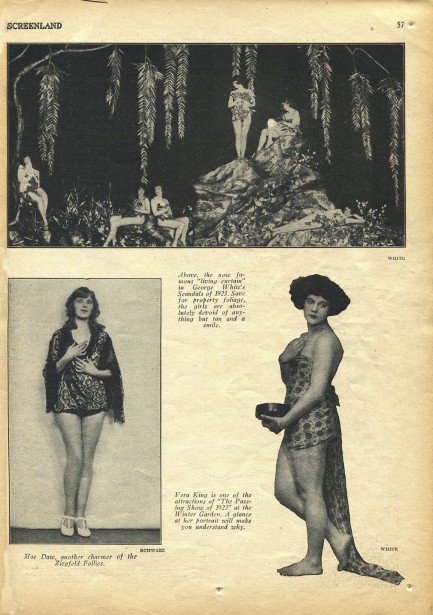 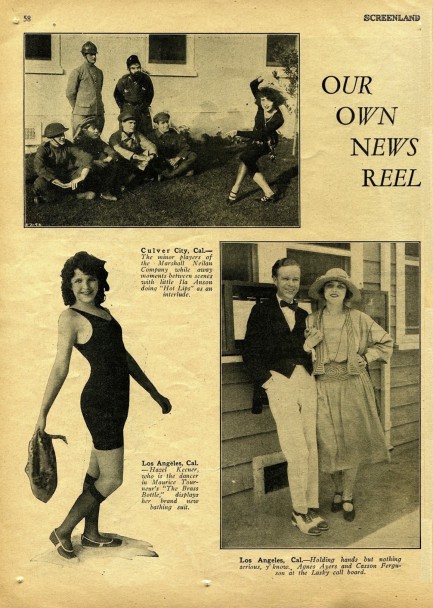 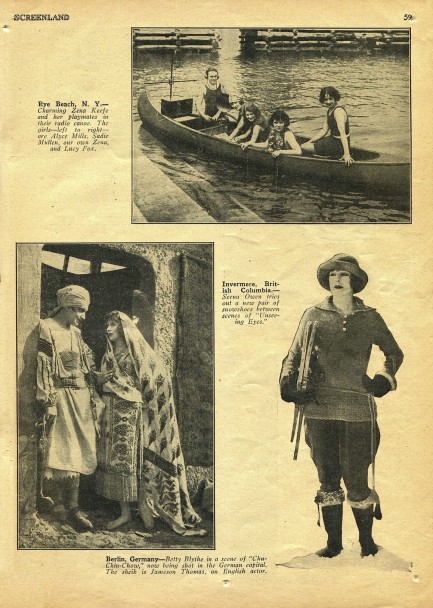 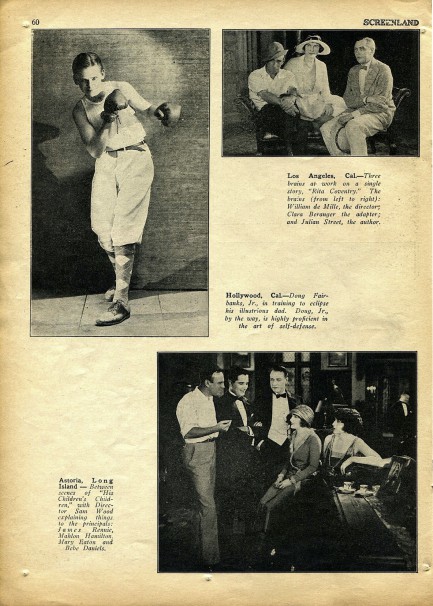 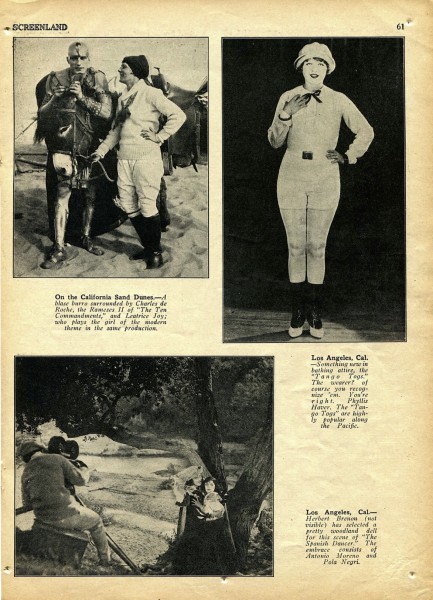 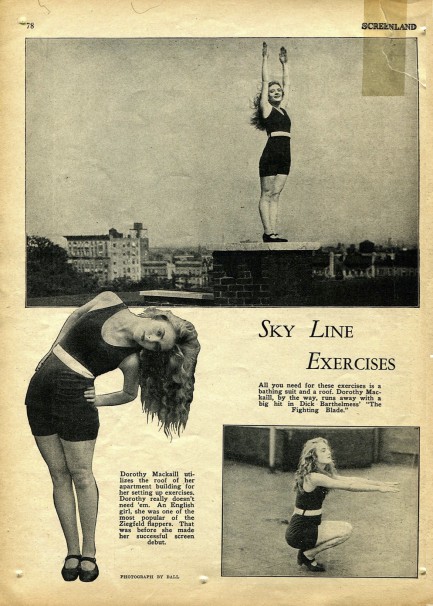 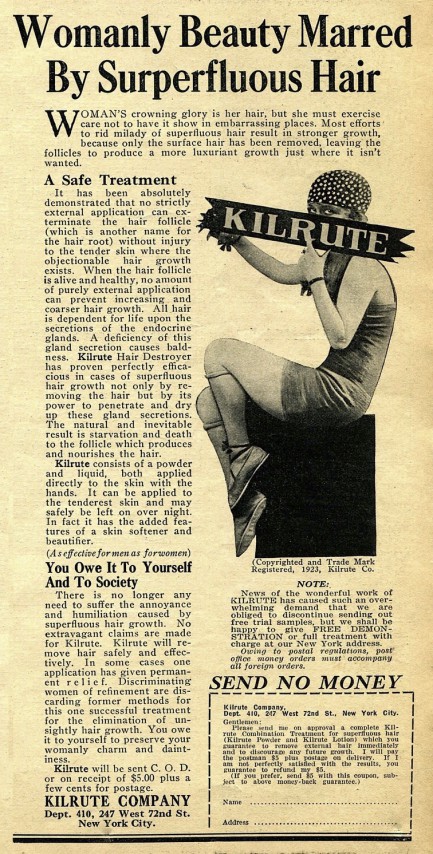 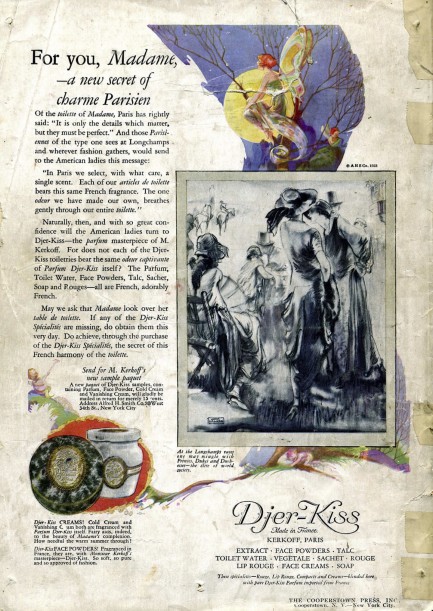
Actress Claire Windsor appears on the front of this October 1923 issue of Screenland magazine, one of the U.S.’s most venerable celeb publications, launched in Los Angeles in 1920 and surviving, under the control of several owners, until finally folding in 1971. The beautiful cover was painted by Rolf Armstrong, and within the magazine’s sprawling 108 pages are Gloria Swanson, Rodolph (aka Rudolph) Valentino, Phyllis Havers, and many other personalities, plus art from John Held, Jr. and writing from Delight Evans and Robert E. Sherwood. You can download your own copy of this here.
 A new tabloid hits the newsstands with a twist on the usual formula. 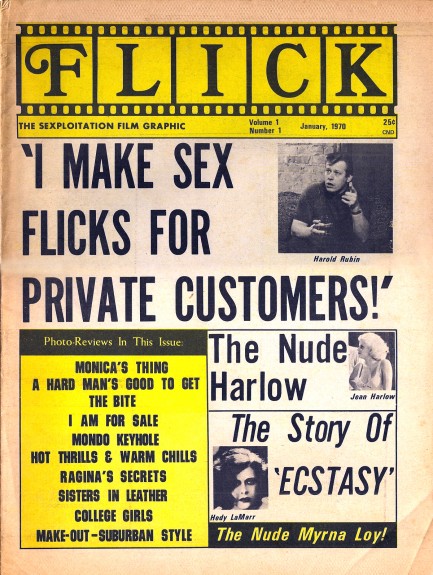
In our continuing search for rare magazines of high entertainment value (if sometimes dubious quality), we stumbled across the above gem—the first issue of the self-described sexploitation film graphic Flick. Published in the U.S. out of Libertyville, Illinois, it was basically just reviews of x-rated films in tabloid form. The publishers admit in their introductory editorial that the tabloid market is glutted, but insist America needs a magazine that helps porn consumers separate the wheat from the chaff. They do it with utter seriousness and, as a bonus, also throw in some musings on film history, with discussions of Rudolph Valentino, Douglas Fairbanks, Theda Bara, Jean Harlow, and Hedy Lamarr, who all had pre-Hays Code flirtations with screen nudity. It might be difficult to imagine actors appearing nude on screen during the 1920s and 1930s, but the idea back then was that, because the medium was considered an art form, motion picture nudity was no different from nudity in sculpture, photography or painting. Theda Bara's and Jean Harlow’s screen nudity was merely implied, but Hedy Lamarr went all the way in her 1933 Czech-made romance Ekstase, aka Ecstasy, in which she ran starkers through the woods, giving audiences a gander at her backside and breasts. She was known at the time as Hedy Kiesler, but it’s her. 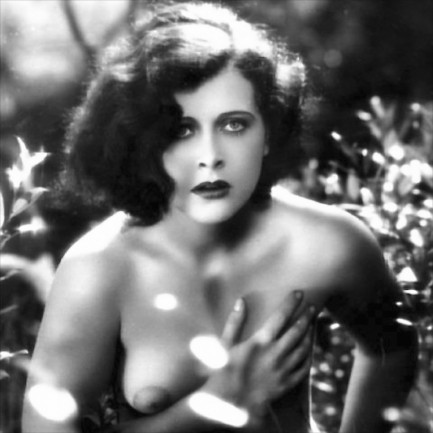 There’s also a non-nude love scene containing what some critics believe is the first cinematic depiction of an orgasm. As you can imagine, Ekstase was controversial. Only four-hundred prints were ever made, and most of those were butchered by censors. By the 1940s, the only complete copy known to exist was in Russia. It had first been Hungarian property and had been exhibited in Budapest in ’33, but because the Hungarians had fought alongside Nazi Germany and helped conquer swaths of Russian territory in the early 1940s, when the Russians reversed those gains and occupied Budapest in 1944, they sort of helped themselves to a few choice cultural treasures. There’s also a non-nude love scene containing what some critics believe is the first cinematic depiction of an orgasm. As you can imagine, Ekstase was controversial. Only four-hundred prints were ever made, and most of those were butchered by censors. By the 1940s, the only complete copy known to exist was in Russia. It had first been Hungarian property and had been exhibited in Budapest in ’33, but because the Hungarians had fought alongside Nazi Germany and helped conquer swaths of Russian territory in the early 1940s, when the Russians reversed those gains and occupied Budapest in 1944, they sort of helped themselves to a few choice cultural treasures.
Elsewhere in this inaugural Flick you get reviews of the adult films A Hard Man’s Good To Get, Sisters in Leather, College Girls, and Jack Hill’s first full-length effort Mondo Keyhole. The editors remind readers that their magazine is a collector’s item. At the time—January 1970—they probably imagined it would be quite valuable in forty-one years. Well, we got it for $4.00. But just for the hell of it, maybe we’ll hang onto it for another forty-one years. You never know. By the way, if you’re curious, you can actually see that famous Hedy Lamarr nude scene here. It is not a complete version, though. We doubt a complete one exists. See ten scans from Flick below. 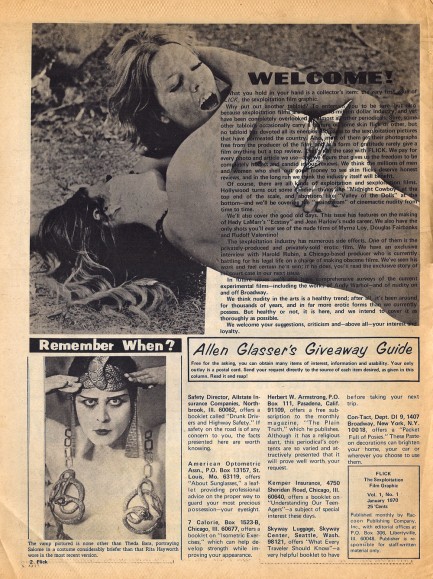 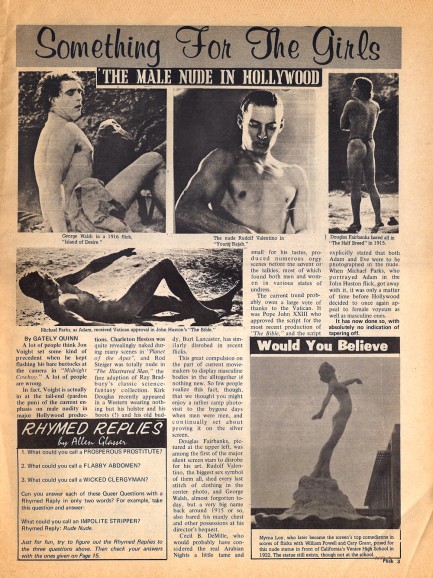 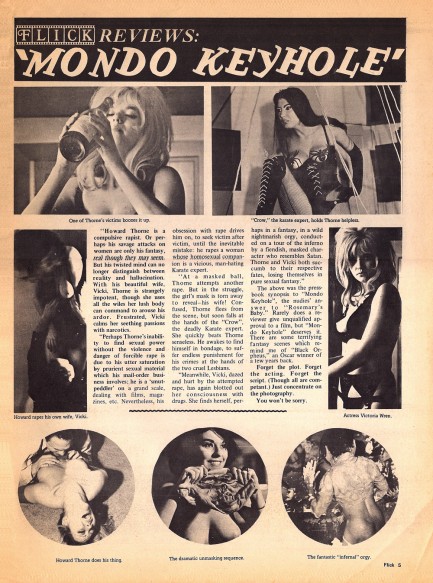 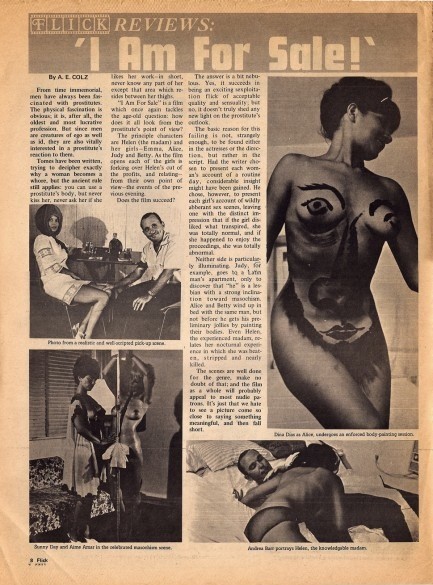 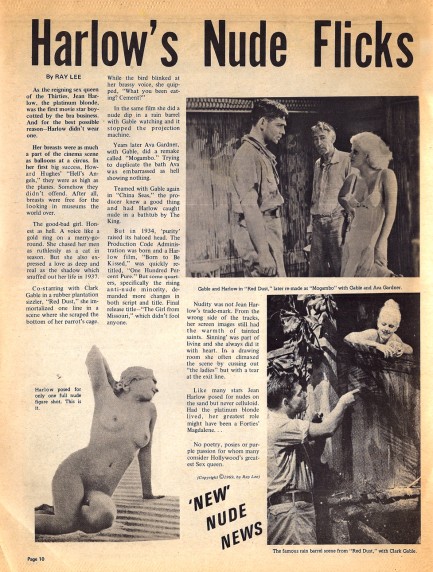 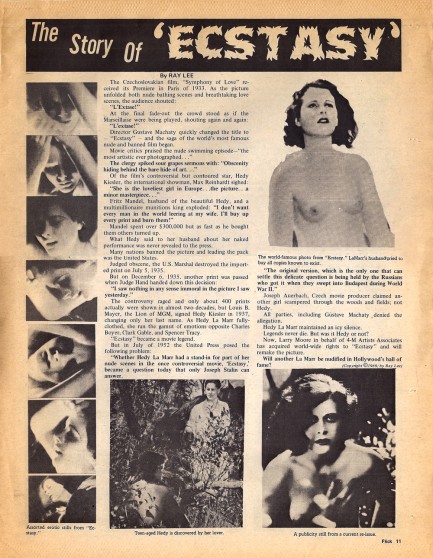 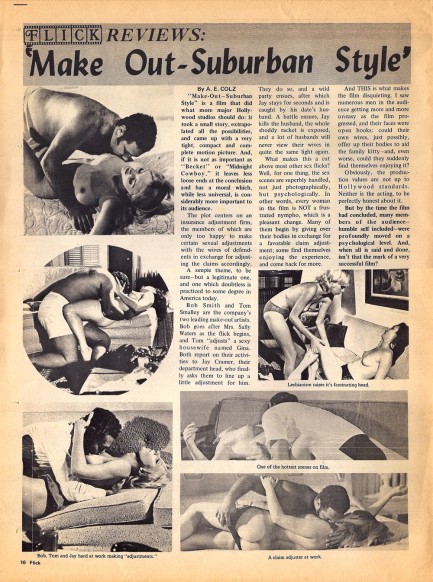 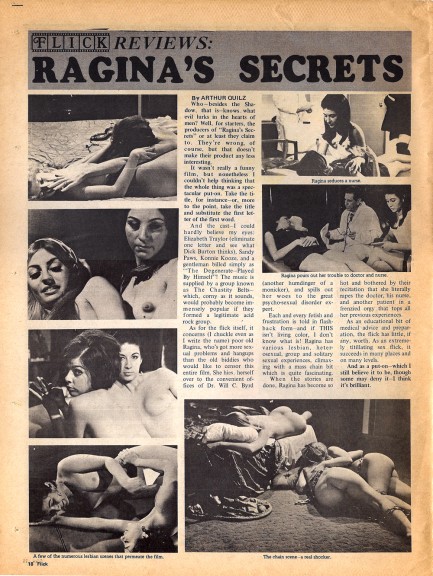 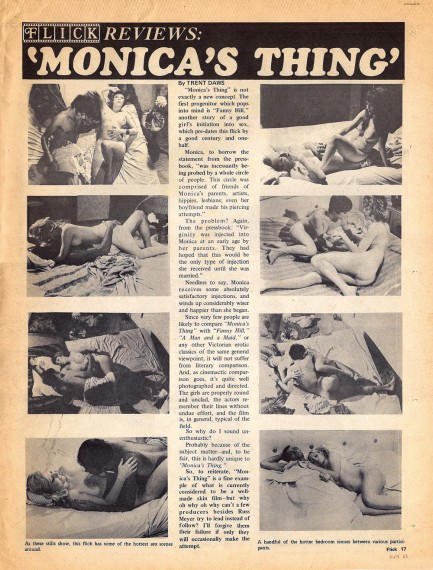 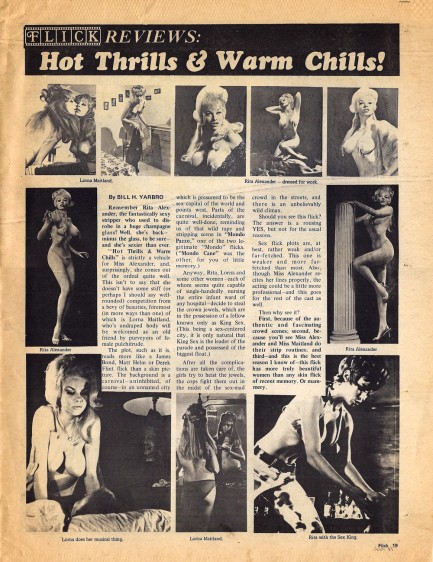
|
 |

The headlines that mattered yesteryear.
2003—Hope Dies
Film legend Bob Hope dies of pneumonia two months after celebrating his 100th birthday. 1945—Churchill Given the Sack
In spite of admiring Winston Churchill as a great wartime leader, Britons elect
Clement Attlee the nation's new prime minister in a sweeping victory for the Labour Party over the Conservatives. 1952—Evita Peron Dies
Eva Duarte de Peron, aka Evita, wife of the president of the Argentine Republic, dies from cancer at age 33. Evita had brought the working classes into a position of political power never witnessed before, but was hated by the nation's powerful military class. She is lain to rest in Milan, Italy in a secret grave under a nun's name, but is eventually returned to Argentina for reburial beside her husband in 1974. 1943—Mussolini Calls It Quits
Italian dictator Benito Mussolini steps down as head of the armed forces and the government. It soon becomes clear that Il Duce did not relinquish power voluntarily, but was forced to resign after former Fascist colleagues turned against him. He is later installed by Germany as leader of the Italian Social Republic in the north of the country, but is killed by partisans in 1945.
|

|
|

It's easy. We have an uploader that makes it a snap. Use it to submit your art, text, header, and subhead. Your post can be funny, serious, or anything in between, as long as it's vintage pulp. You'll get a byline and experience the fleeting pride of free authorship. We'll edit your post for typos, but the rest is up to you. Click here to give us your best shot.

|
|


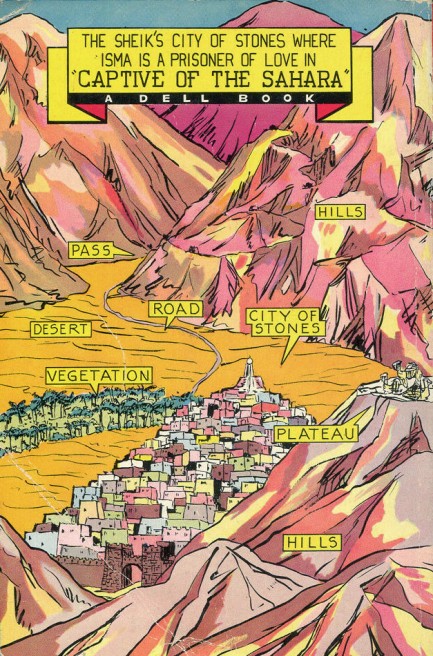









































































 There’s also a non-nude love scene containing what some critics believe is the first cinematic depiction of an orgasm. As you can imagine, Ekstase was controversial. Only four-hundred prints were ever made, and most of those were butchered by censors. By the 1940s, the only complete copy known to exist was in Russia. It had first been Hungarian property and had been exhibited in Budapest in ’33, but because the Hungarians had fought alongside Nazi Germany and helped conquer swaths of Russian territory in the early 1940s, when the Russians reversed those gains and occupied Budapest in 1944, they sort of helped themselves to a few choice cultural treasures.
There’s also a non-nude love scene containing what some critics believe is the first cinematic depiction of an orgasm. As you can imagine, Ekstase was controversial. Only four-hundred prints were ever made, and most of those were butchered by censors. By the 1940s, the only complete copy known to exist was in Russia. It had first been Hungarian property and had been exhibited in Budapest in ’33, but because the Hungarians had fought alongside Nazi Germany and helped conquer swaths of Russian territory in the early 1940s, when the Russians reversed those gains and occupied Budapest in 1944, they sort of helped themselves to a few choice cultural treasures.













































































